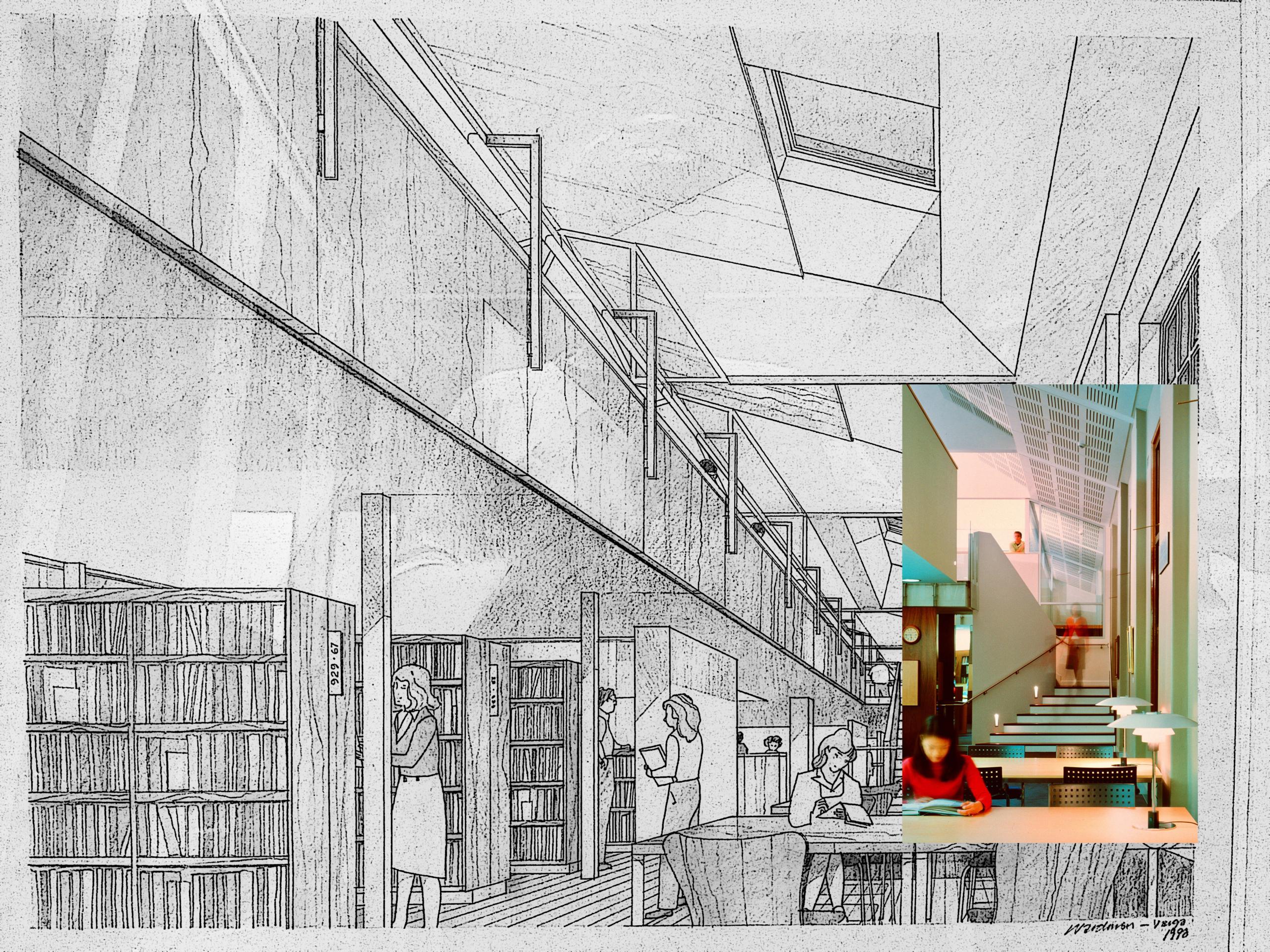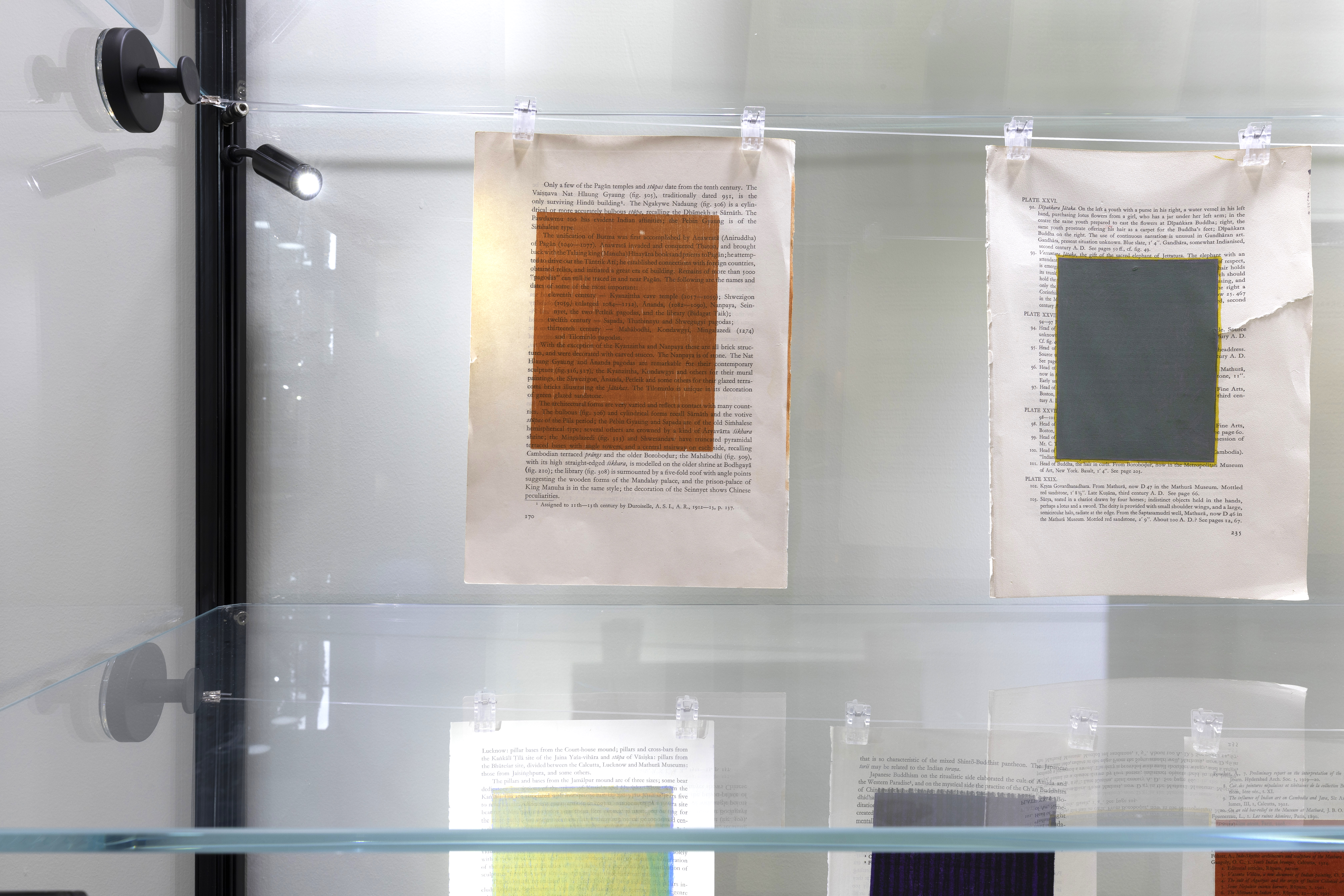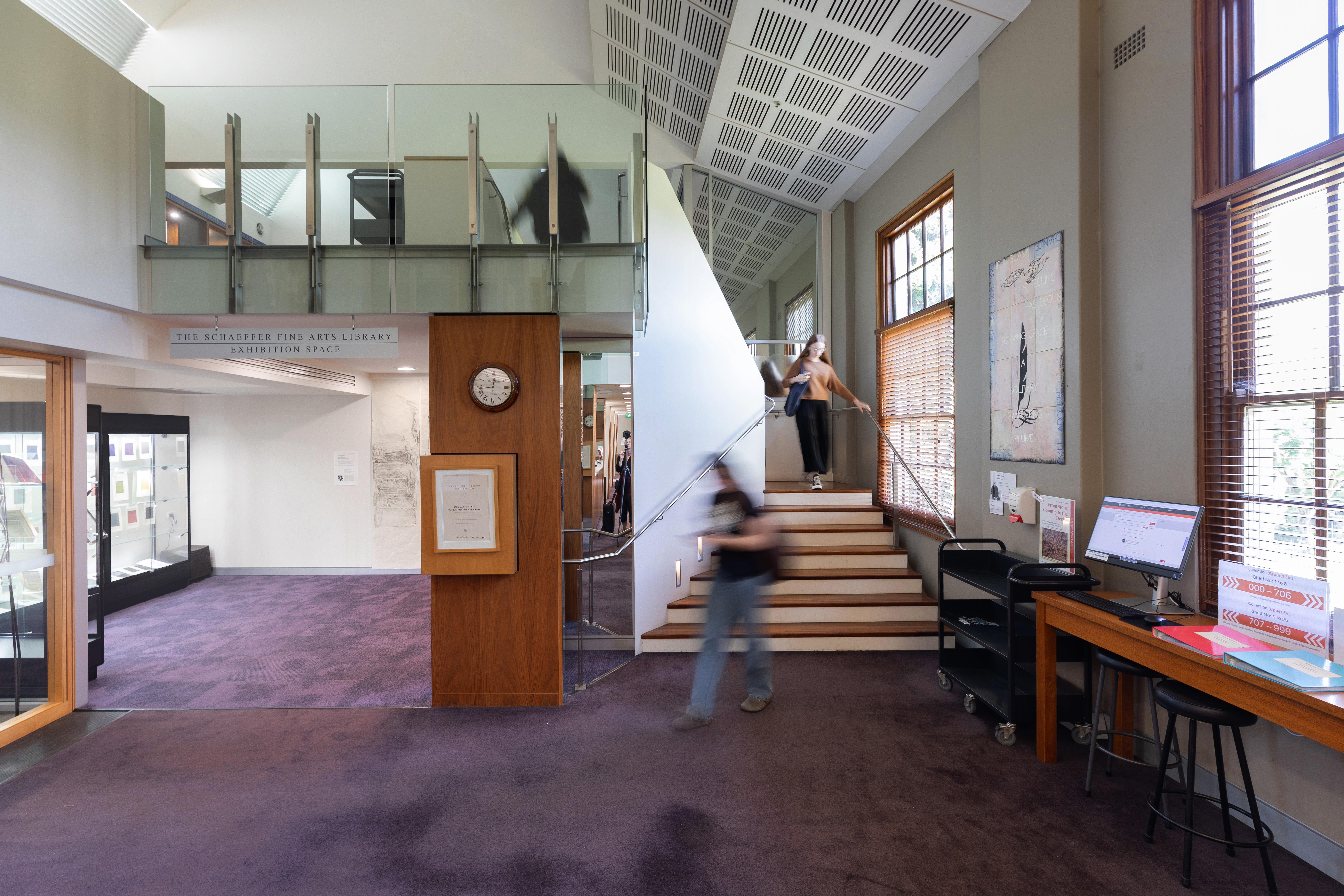
The Power Institute’s Schaeffer Fine Art Library at the University of Sydney, which opened in 2000, is marking its 25th anniversary with a celebration of its past and a bold vision for what research on art and visual culture will look like in the future.
On the 22nd May, the year 2000, the Power Institute at the University of Sydney unveiled a new addition to Australia’s artistic and scholarly community: the Schaeffer Fine Art Library. The Library, a new purpose-built home for one of Australia’s most important art research collections, was the product of a coalition of University of Sydney leaders and visionary private benefactors, including the late John Schaeffer AM, after whom the Library was named.
The project was a bold reaffirmation of the vision of the artist John W. Power, whose 1961 bequest tasked the University with connecting Australians with the latest ideas on art from around the world—a gift that underpinned the creation of the University’s Art History Department, the Museum of Contemporary Art, as well as the Power Institute itself.

The Schaeffer Fine Art Library, showing artwork by Jennifer van Ratingen, "To my friends and strangers", 2022. Photo by Jessica Maurer.
The Power bequest (at the time, the largest the University had ever received) remains one of Australia’s most important instances of cultural philanthropy—one that is appreciated by the many researchers and students who use the Library every day. A recent survey revealed an extraordinary 10,000 visits to the Library over a six-month period, including not only students but international researchers and members of the interested public. Users respond positively to the Schaeffer’s "heritage feel” and its “beautiful and comfortable space"—which is precisely what the Library’s designers, architectural firm Allen, Jack and Cottier, had hoped. The architects imagined the Library a synthesis of modernist and humanist ideals. Its large windows, high ceilings and scenic vista onto University grounds give the space an open and airy atmosphere that lends itself to expansive thinking.
The library houses one of Australia’s most significant collections of research materials on art and visual culture. Begun in the 1960s, the collection today contains around 50,000 monographs (including books, exhibition catalogues and dissertations), 3,000 films and 400 journal titles, with strengths in modern and contemporary art, art of the Asia-Pacific region, and Australian First Nations art. The collections reflect decades of specialist curation by its librarians and scholarly users, such as librarians John Spencer, Peter Wright, Anthony Green, and Nick Keyzer, and incorporates significant donations by some of Australia’s most important art historians, like Bernard Smith, Virginia Spate AC FAHA and John Clark.
While predominantly a space for reading and learning, the Library also today hosts a plethora of other activities. Senior Librarian M. Sajid Foazdar, who joined the Library in 2023 after stints in India and Dubai (UAE), is rolling out a range of new digital tools that make its collection easier to understand and navigate. At the same time, some of the Library’s most precious items are being highlighted by exhibitions and reading lists curated by academics in the art history discipline. In 2024, for example, Professor Roger Benjamin presented selections from the Library's avant-garde art journal collection, including a rarely seen spread by Henri Matisse. The Library Internship Program offers art history students hands-on experience in curating and collection management, including working with ephemera and rare items such as artist books.
The Library has also recently opened a new exhibition space. The inaugural exhibition comprises two new works by Simryn Gill, one of Australia’s most esteemed contemporary artists, who created the works as part of the Library’s Artist in Residence program. Users can expect many more exhibitions by artists, scholars and students in the coming years. As Mark Ledbury, Director of the Power Instituted, noted:
The Schaeffer is a reading room and an engine room, a place for vital learning and reflection but also a truly democratic space of ideas and innovation, exchange and discovery.

Picture Simryn Gill, Insider Trading, 2025, installation shot at the Schaeffer Fine Art Library. Photograph: Jessica Maurer.

The Schaeffer Fine Art Library. Photograph by Jessica Maurer.
In celebrating the past 25 years of the Library, the Power Institute is also looking towards the future. What can and should the Library look like in twenty-five years time?
The Power Institute has big plans for the Library. “Today’s learners are digital natives,” Sajid has explained.
They think in motion, swipe to discover, and learn through experience. With AI and mobile technologies redefining education, the future library must evolve from a place of storage—to a portal of discovery.
In the coming years, the Power Institute hopes to create a post for a new Digital Humanities Librarian, to help expand the Library’s digital offerings and services and share vital new skills with students across disciplines. Such a Librarian could also show how these resources can create new types of teaching, research and publishing. They would also like to create new spaces for multi-modal and multimedia learning within the Library, which would give users access to new forms of digital research, artmaking and publishing. At the same time, its commitment to older forms of knowledge—to books, artist materials and paper archives—remains unshakeable. Schaeffer Library in 2050 will span both the analogue and the digital, dedicated above all to rigorous research and critical thought.
25 years ago, the idea of the Library was made a reality by the energy, leadership and support of a group of cultural leaders, scholars and philanthropists. Professor Mark Ledbury and his team at the Power Institute are hoping that the Library's 25th anniversary will catalyse new friends, partnerships and supporters, and assure another 25 years of this inspiring and special place.
